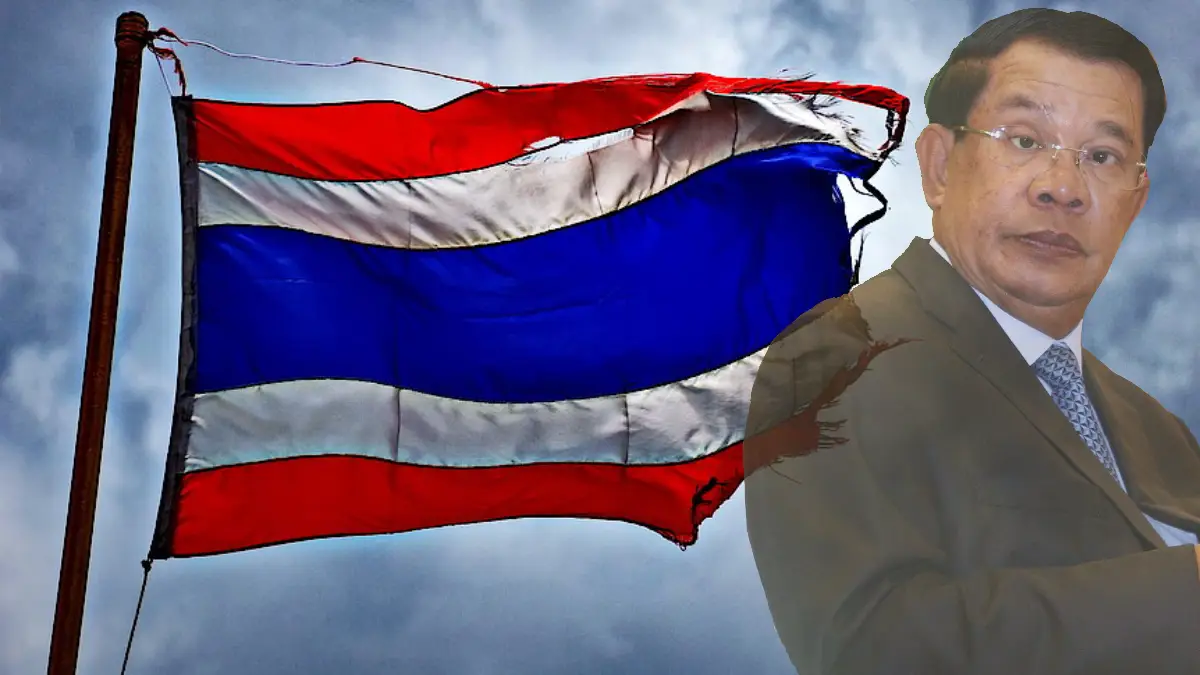Thailand, a key player in Southeast Asia’s economic landscape, is grappling with a complex web of challenges as global uncertainties cast a shadow over its growth prospects. From fluctuating trade dynamics to domestic policy hurdles, the nation faces a critical juncture in 2025, with implications for businesses, workers, and policymakers alike. As Bangkok navigates these turbulent waters, questions loom over how the country can balance short-term recovery with long-term resilience.
Global Trade Pressures Weigh Heavy
Thailand’s economy, heavily reliant on exports, has felt the brunt of disruptions in global supply chains and shifting trade policies. With key markets like the United States and China experiencing their own economic slowdowns, demand for Thai goods—from electronics to agricultural products—has wavered. Reports from local outlets indicate that export figures for the first half of 2025 have dipped by a significant margin compared to the previous year, though exact numbers remain under review by authorities. This downturn has rippled through industries, particularly in manufacturing hubs around Bangkok and the eastern seaboard, where factory output has slowed.
Beyond external pressures, Thailand faces internal logistical bottlenecks. Port congestion and rising shipping costs have hampered the timely delivery of goods, further straining exporters already squeezed by thin margins. For small and medium enterprises, which form the backbone of Thailand’s industrial sector, these challenges threaten livelihoods and could lead to layoffs if conditions persist.
Domestic Policy and Fiscal Constraints
At home, Thailand’s policymakers are wrestling with limited fiscal space to stimulate growth. Years of public spending to cushion the economy from past crises have left the government with a substantial debt burden, restricting its ability to roll out large-scale relief packages. While initiatives to boost tourism—a vital lifeline for the Thai economy—have shown promise with campaigns targeting high-spending visitors, the sector has yet to fully recover to pre-crisis levels. Cities like Phuket and Pattaya, once bustling with international tourists, are seeing uneven footfall, with many businesses still shuttered or operating at a loss.
Inflation, meanwhile, continues to bite. Rising costs for essentials like fuel and food have eroded purchasing power, particularly for low-income households in rural areas such as Isaan. Local reports highlight growing public frustration over the government’s perceived slow response to price controls, with some analysts suggesting that targeted subsidies could offer temporary relief without further inflating the national deficit. However, no concrete measures have been confirmed at the time of writing.
Labor Market Struggles and Social Impact
The economic slowdown has taken a toll on Thailand’s labor market, with unemployment rates ticking upward in urban centers. In Bangkok, where informal workers make up a significant portion of the workforce, job insecurity is rife. Street vendors and gig economy workers, already vulnerable to economic shocks, are finding it harder to make ends meet as consumer spending tightens. In industrial zones, factory workers face reduced hours or outright redundancies, fueling concerns over social stability if the situation deteriorates further.
Gender disparities in the labor market are also coming into sharper focus. Women, who dominate sectors like retail and hospitality, have been disproportionately affected by business closures and reduced tourist numbers. Advocacy groups have called for tailored support programs to address these inequities, though government action on this front remains unclear. The broader social implications of prolonged economic hardship could test Thailand’s resilience, particularly in communities already grappling with inequality.
Opportunities Amidst the Gloom
Despite the challenges, there are glimmers of opportunity for Thailand to pivot toward sustainable growth. The country’s strategic location in Southeast Asia positions it as a potential hub for regional trade, especially as multinational companies seek to diversify supply chains away from traditional powerhouses like China. Investments in infrastructure, such as the Eastern Economic Corridor, could bolster Thailand’s appeal to foreign investors if political stability and policy consistency are maintained.
Additionally, the green economy offers untapped potential. With global demand for renewable energy and sustainable practices on the rise, Thailand has a chance to leverage its natural resources and agricultural base to become a leader in eco-friendly innovation. Pilot projects in solar energy and organic farming are already underway in provinces like Chiang Mai, though scaling these initiatives will require significant public and private sector collaboration.
Digital transformation is another avenue for growth. The rapid adoption of e-commerce and digital payments, accelerated by past crises, has opened new markets for Thai businesses. However, bridging the digital divide—particularly in rural areas where internet access remains spotty—will be crucial to ensuring that these benefits are widely shared. Government programs to expand digital literacy and infrastructure could play a pivotal role here, though funding constraints may slow progress.
Regional Context and Comparative Outlook
Thailand’s economic struggles are not unique in the region. Neighbors like Vietnam and Malaysia are also contending with export declines and inflationary pressures, though their responses vary. Vietnam, for instance, has doubled down on attracting foreign direct investment through tax incentives and trade agreements, a strategy Thailand could consider emulating. Malaysia, on the other hand, has prioritized domestic consumption through stimulus measures, an approach that may be less feasible for Thailand given its fiscal limitations.
Within ASEAN, Thailand’s ability to maintain competitiveness will hinge on its capacity to adapt swiftly. The bloc’s emphasis on regional integration through initiatives like the ASEAN Economic Community offers a platform for Thailand to strengthen trade ties with neighboring countries, potentially offsetting losses from traditional markets. However, bureaucratic hurdles and uneven policy implementation across member states could temper these gains.
Looking Ahead: A Balancing Act
As Thailand charts its economic course through 2025, the path forward is fraught with uncertainty. Policymakers must strike a delicate balance between addressing immediate hardships and laying the groundwork for long-term stability. For businesses and workers, the coming months will test their adaptability in the face of global headwinds and domestic constraints. While opportunities in trade, sustainability, and technology beckon, realizing them will require bold decisions and coordinated efforts.
The stakes are high not just for Thailand, but for the broader Southeast Asian region, where interconnected economies mean that one nation’s struggles can reverberate widely. As Bangkok weighs its next moves, the question remains: can Thailand turn today’s challenges into tomorrow’s strengths?
















